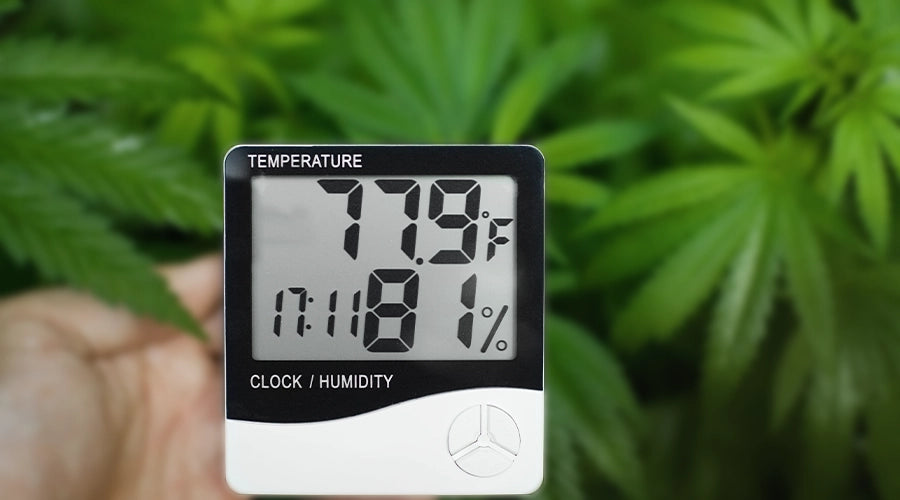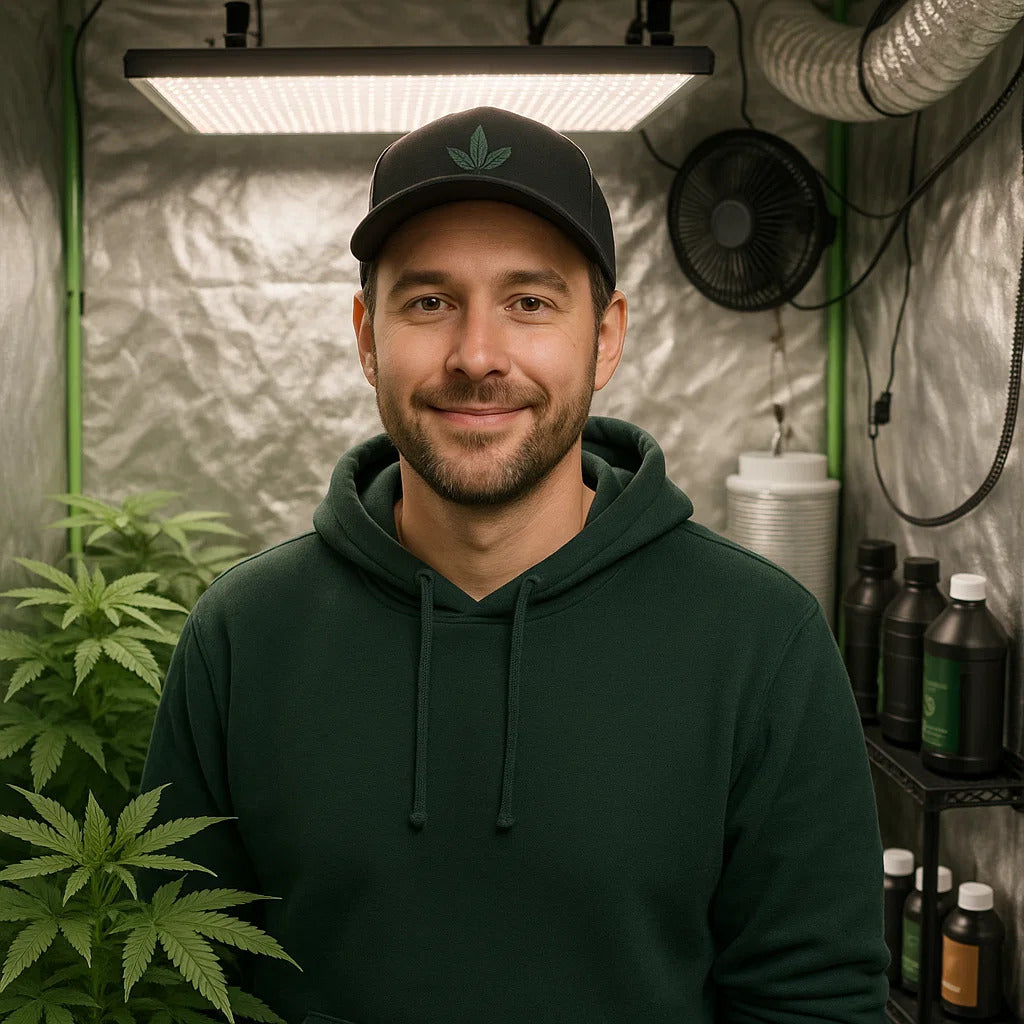
How to Increase Humidity in a Grow Tent for Optimal Plant Growth
How to Raise Humidity in Grow Tent
Raising humidity in a grow tent is an important factor in maintaining the optimal growing environment for plants. A proper level of humidity is essential for healthy plant growth, as it allows for proper transpiration and absorption of nutrients. However, it is common for the humidity levels in a grow tent to drop below the ideal range, which can cause stress on the plants and potentially lead to disease or reduced yields. To address this, there are several methods that can be used to raise humidity in a grow tent.

Use a Humidifier
The first method is to use a humidifier. A humidifier can be placed in the grow tent and turned on to release a steady stream of moisture into the air. This is a quick and effective way to increase humidity levels, but it can be expensive to run a humidifier for long periods of time. It is also important to monitor the humidity levels regularly, as over-humidifying the grow tent can lead to mold and other moisture-related problems.
Mist the Plants Regularly
Another way to raise humidity in a grow tent is to mist the plants regularly. Misting the plants with water can help to add moisture to the air, which will increase the overall humidity levels. This method is particularly useful for plants that enjoy high humidity, such as ferns, orchids, and tropical houseplants. However, it is important to avoid misting the leaves too often, as this can lead to leaf damage and encourage the growth of disease-causing pathogens.
Using a Tray of Water
Using a tray of water is another way to raise humidity in a grow tent. This method involves placing a tray of water near the plants and allowing it to evaporate into the air. The evaporation process will add moisture to the air, which will increase the humidity levels. This method is simple and cost-effective but may not be as effective as other methods for raising humidity in a large grow tent.
Covering the Soil
Covering the soil can also help to raise humidity in a grow tent. By covering the soil with a layer of plastic or other material, you can help to maintain the moisture level in the soil and increase humidity. This method is particularly effective for plants that prefer high humidity, as the soil will retain moisture for a longer period of time. Additionally, covering the soil can help to reduce water loss from the soil, which will conserve water and help to maintain an optimal growing environment for the plants.
Reducing Air Exchange
Reducing air exchange can help to raise humidity in a grow tent. By decreasing the amount of air exchange, you can help to maintain humidity levels in the grow tent. This can be accomplished by closing vents or reducing fan speed, which will slow down the movement of air and reduce the amount of moisture that is lost to the surrounding environment. However, it is important to monitor the humidity levels regularly and adjust the fan speed or vents as needed to prevent over-humidifying the grow tent.
Other Methods
There are also other methods that can be used to raise humidity in a grow tent, such as using a damp cloth to cover the plants or placing plants close together to increase humidity levels. These methods may not be as effective as the methods mentioned earlier, but they can be useful in certain situations where the humidity levels need to be increased quickly or cost-effectively.
How to Create the Perfect Environment for Your Plants
It's also important to note that the humidity level in a grow tent can be affected by various factors such as the temperature, the type of plants being grown, and the stage of plant growth. For example, during the vegetative stage, plants require a higher humidity level than during the flowering stage.
To maintain the optimal humidity level for your plants, it's important to regularly monitor the humidity levels in the grow tent and make adjustments as needed. One way to do this is to use a hygrometer, which is a device that measures the humidity levels in the air. By regularly monitoring the humidity levels, you can avoid over-humidifying or under-humidifying the grow tent, which can lead to stress on the plants and reduced yields.
In conclusion, there are several methods that can be used to raise humidity in a grow tent, including using a humidifier, misting the plants, using a tray of water, covering the soil, and reducing air exchange. It is important to monitor the humidity levels regularly and adjust the methods as needed to keep it within a healthy range for your plants. By taking the time to raise and maintain the humidity levels in your grow tent, you can ensure that your plants receive the optimal growing environment they need to thrive.

Lena Myles
I'm a mushroom enthusiast and home cook based in Oregon. I'm passionate about foraging and creating fungi-focused recipes, especially delicious, plant-based dishes using gourmet mushrooms like trumpet, shiitake, and oyster. When I’m not in the kitchen, you’ll usually find me wandering the woods in search of new wild flavors.


